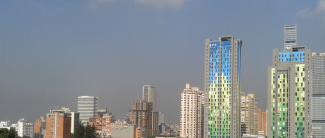Use of medical services in Chile: How sensitive are the results to different econometric models?
We compared different econometric specifications to model the use of medical services in Chile, focussing on visits to general practitioners and specialist physicians. The evaluated models are the Poisson, Negative Binomial, Zero Inflated Poisson and Negative Binomial, two-step Hurdle model, sample-selection Poisson, and Latent Class model.


